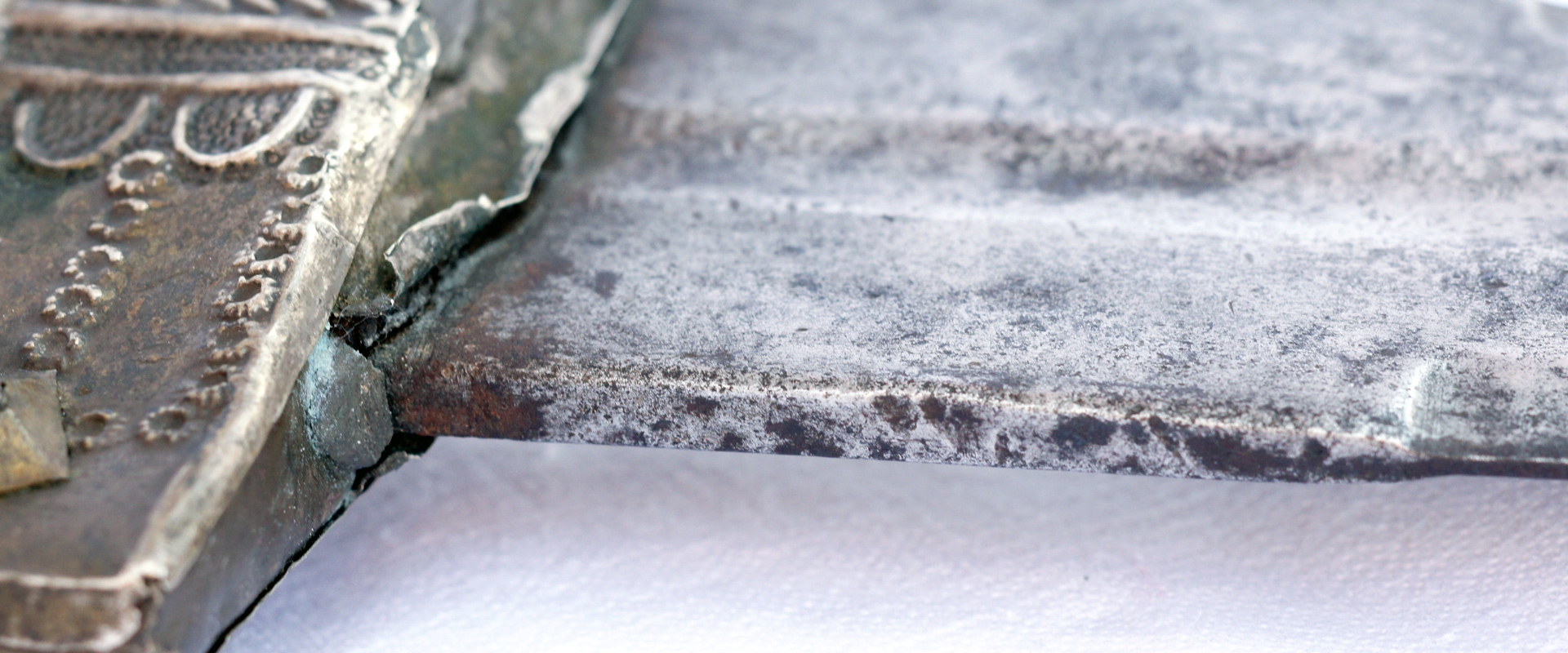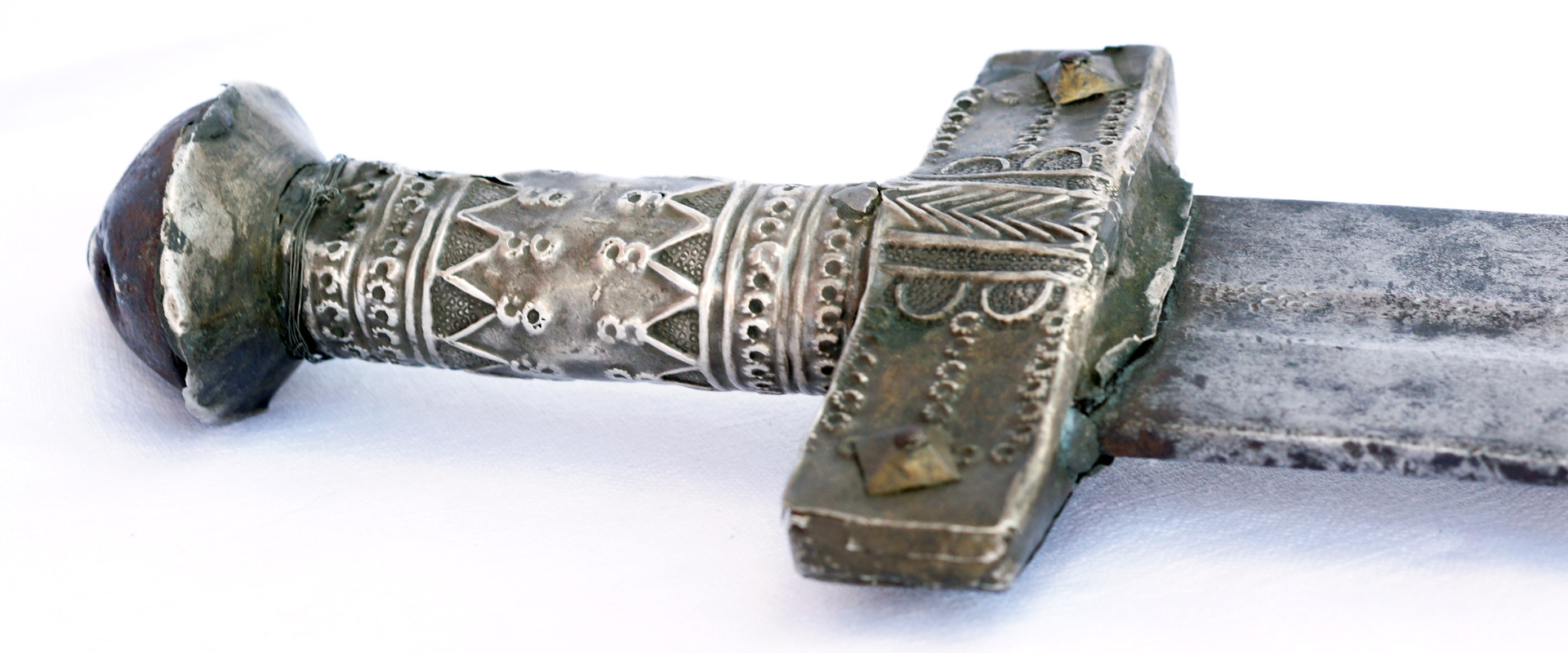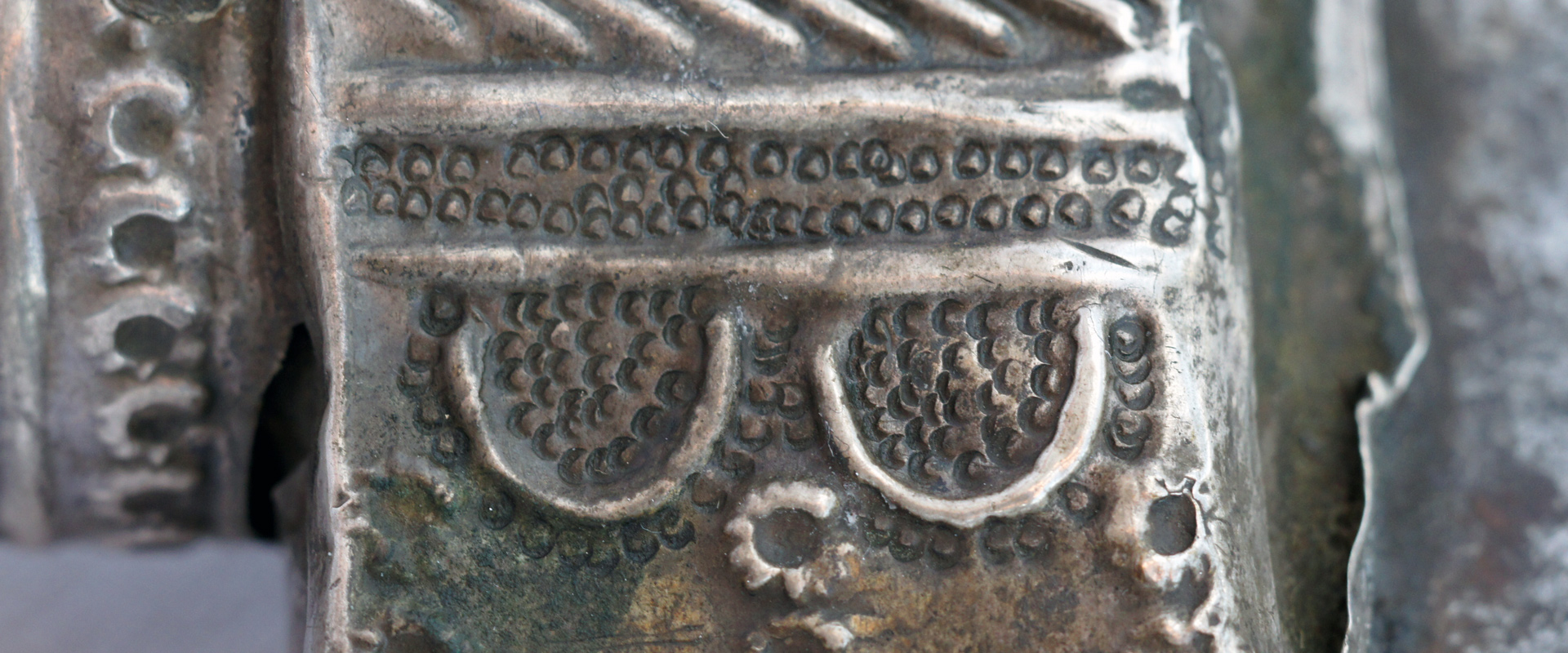
The Sword and the Slave
October 8, 2023 African Arms
There is a nasty historical reality to the great kingdoms of the Sahel. For all the grandeur of the gold trade including the fantastic stories surrounding Mansa Musa the ruler of the Mali Empire in the late 13th and early 14th century, the salt trade or even the ivory and leather trades, by far the most sustained and profitable commodity within the Sahel was humans. Or to put it bluntly, the slave trade.
This was not the transatlantic trade which fed the European colonies in the Americas, but rather a much older system focused on supplying north Africa, Arabia, Turkey and the Middle East. Islam played a large role in the justification and political aspects of the trade and it became increasingly important by the early 19th century as one of the main sources of revenue for Bornu and the Sokoto Caliphate.
Islamic law was often used as the justification for the trade with the key element being the legality of slaving among non converted peoples. This allowed rulers to conduct slaving raids against pagan populations. The resulting captives were not only exported but also intricately linked with the way of life in the Islamic Sahel. Slaves were not just used as a labour source but also served as important functionaries within the state. Holding positions of administrative power as a method to reduce corruption and prevent hereditary abuse. However this 'kinder' side to the trade would have been little comfort to the thousands upon thousands taken on the brutal journey to the north African coast and Ottoman territories.
Because slave raiding was one of the primary methods to supply revenue for the leadership of kingdoms and emirates, by default it became one of the primary occupations of their fighting men. This brief essay of course cannot capture the intricacies of the trade, the many nuances of how it was practised from area to area or the full societal impact it had. However it is important to make it very clear the military aspects of many kingdoms were backed up by the trade in slaves which allowed for imported goods, blades, horses, armour and other accoutrements of war.
There is one sword in my collection which perhaps shows a physical connection to the trade. It is a large sword with a heavy blade, certainly European in origin and marked with a lion. The ricasso is thick and sturdy, the blade shows signs of heavy use and sharpening.

The hilt is unusual in that it is silvered, but the most intriguing aspect of the entire sword is a motif in repousse work on the guard.

Reproduced on each side of the guard is a simple design, a straight line and two loops. A simple geometric design perhaps, like many decorative elements found on takouba. This particular sword is perhaps from the Yoruba, further into West Africa than most takouba seen. But this design is I think not the result of simply a different culture's taste in geometric decoration. Rather these two little motifs resemble exactly a set of slave shackles of the type commonly used in the Sahel.

Was this design placed on the guard to symbolise how the owner came by his wealth and the ability to afford such a fine weapon? It is a thought that would offend the sensibilities of most modern folk, however the grim reality of the time was that it was precisely by that method that many swords were bought, blades were afforded luxurious mounts and the cycle continued.